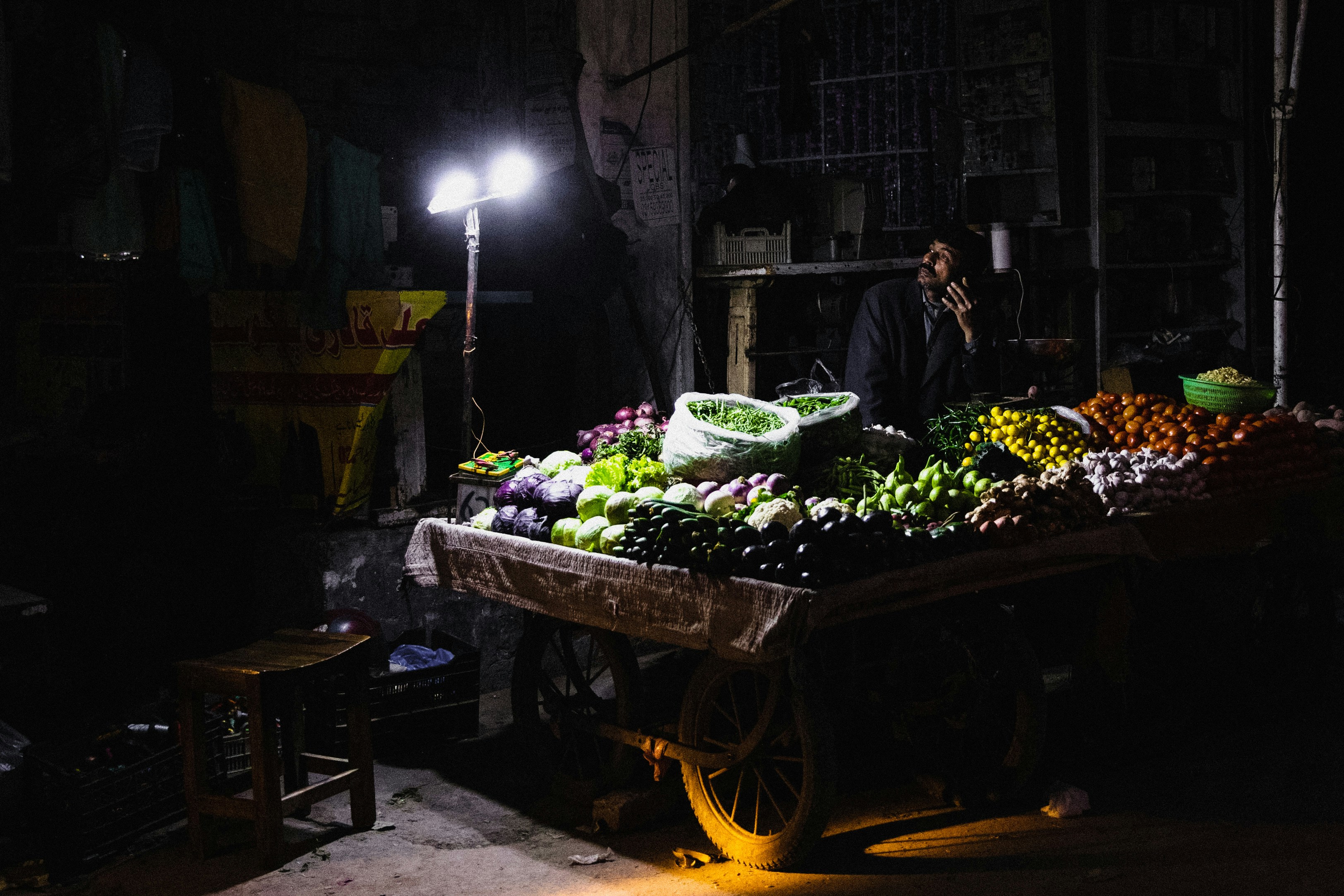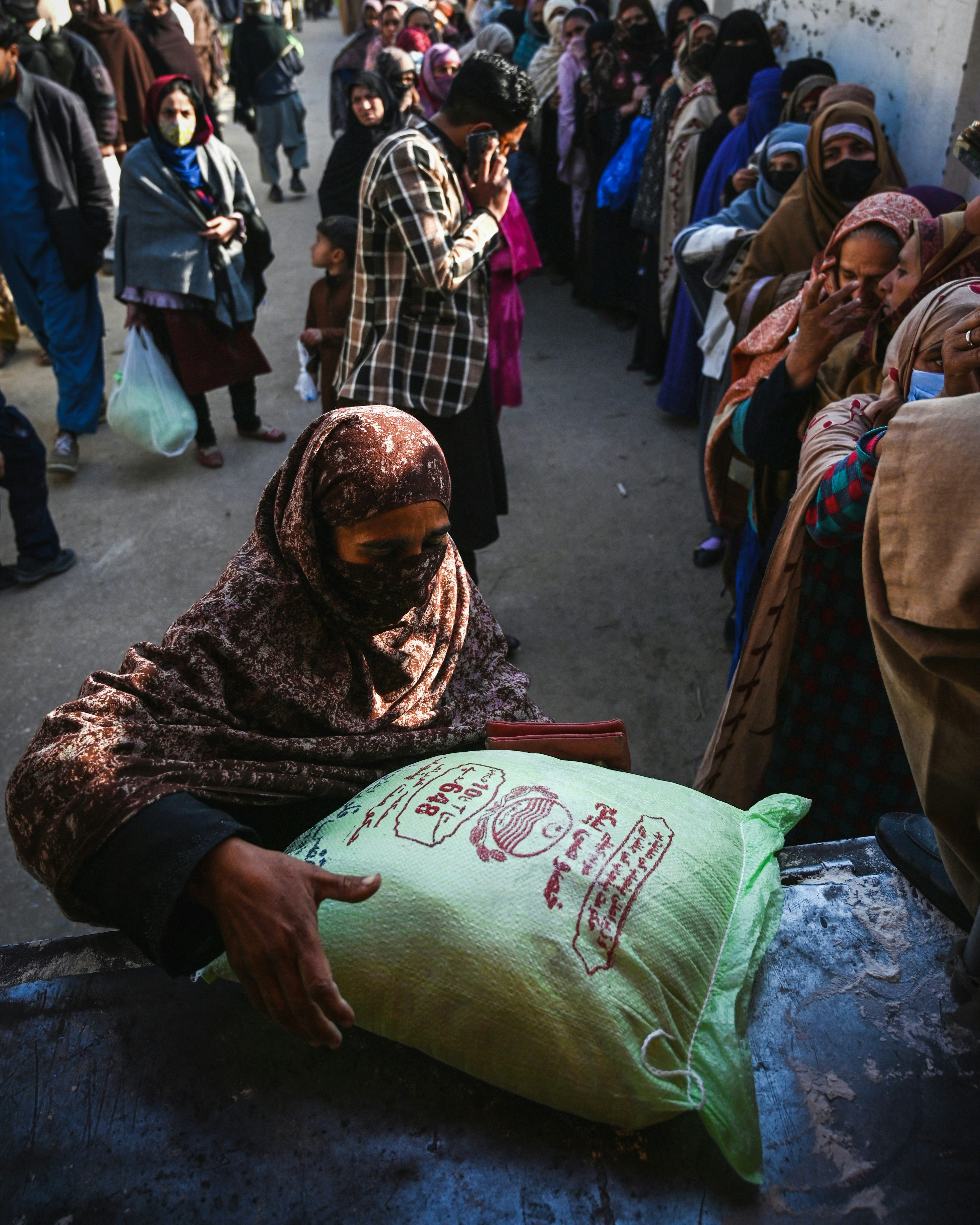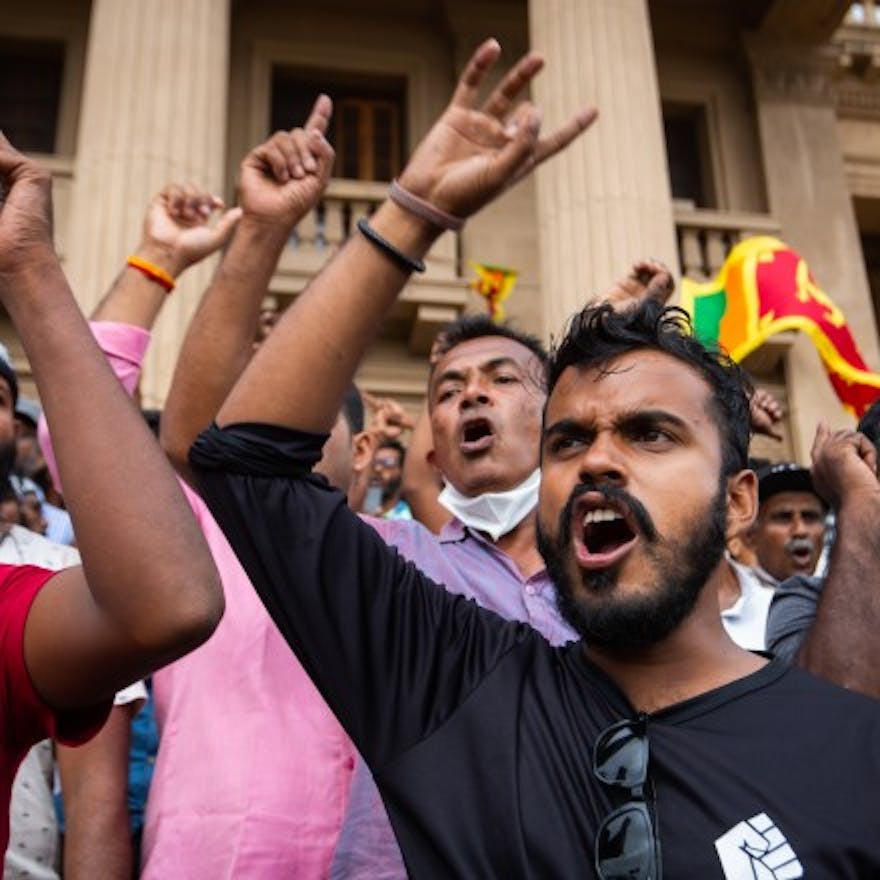Murtaza Hussain

THE LAST YEAR has brought Pakistan to the brink. A series of rolling disasters — including catastrophic flooding, political paralysis, exploding inflation, and a resurgent terror threat — now risk sending a key, if troubled, global player into full-blown crisis. If the worst comes to pass, as some experts warn, the catastrophe unfolding in Pakistan will have consequences far beyond its borders.
“This is a country of 220 million people, with nuclear weapons and serious internal conflicts and divisions,” said Uzair Younus, the director of the Pakistan Initiative at the Atlantic Council’s South Asia Center. “The world didn’t like the outflows of refugees and weapons that came from countries like Syria and Libya. In comparison, Pakistan is magnitudes larger and more consequential.”
“If the economy remains in a moribund state, and there are shortages of goods and energy leading to a political crisis on the streets of major cities, that would also allow the Pakistani Taliban and other terrorist groups to begin hitting at the government more directly,” said Younus, who is also vice president of the Asia Group, a strategic advisory firm. “We could see a significant weakening of the state and its capacity to impose order.”
It is hard to overstate the difficulty of Pakistan’s current situation. An unfortunate string of recent events combined with chronic mismanagement has created a potentially mortal threat to Pakistan’s political system.
“There are three crises intersecting at the moment in Pakistan: an economic crisis, a political crisis, and a security crisis that has grown since the fall of Kabul,” said Younus, who described the situation as the “worst threat to Pakistan’s national cohesion since 1971” — the year Bangladesh fought for and won its independence from Pakistan.
Pakistan’s foreign reserves have reportedly dwindled to a mere $3.7 billion, barely enough for a few weeks of energy imports to keep its cities and businesses running, while its public debt has grown to a staggering $270 billion. Pakistan was particularly hard-hit by the war in Ukraine, which, along with other developing countries, forced it into a bidding war over scarce liquid natural gas that it has been unable to afford.
The crushing weight of Pakistan’s debt has forced Prime Minister Shehbaz Sharif to beg the International Monetary Fund to restart a financial bailout that was put on hold early last year. Negotiations are ongoing as the IMF is reportedly demanding painful concessions — a difficult sell ahead of consequential elections planned for later this year.
Meanwhile, there are already signs that economic pressure will impact Pakistanis’ most basic needs. In late January, Pakistan suffered an unprecedented nationwide blackout as power went down across the entire country for over 24 hours. Though the cause of the outage is unclear, it could be a preclude for what lies ahead.
“The electricity generation capacity of Pakistan is significantly dependent on the continued import of fuel,” said Yousuf Nazar, a Pakistani economic analyst and former banking executive. “You can imagine what would happen if we started to see power breakdowns and outages, or even shortages of fuel for transportation, at a time when the country is also dealing with 40 percent inflation.”
THE COMPOUNDING CRISES, particularly serious for a debt-ridden economy with no solid political leadership and a kleptocratic elite, have been a long time coming. While much of Asia has gradually become rich and stable over the past few decades, Pakistan has remained poor, chaotic, and volatile.
“During globalization and the liberalization of trade that happened across Asia during the 1990s, Pakistan was busy playing power games between the military and civilian elites,” Nazar said. “This present crisis was brewing long before the Ukraine war, which was the straw that finally broke the camel’s back.”
“This present crisis was brewing long before the Ukraine war, which was the straw that finally broke the camel’s back.”
Pakistan’s economy has long been characterized by an abysmally corrupt set of policies designed to provide subsidies to civilian elites and military officials while neglecting the vast majority of the population who work in industries like agriculture and textiles. But the infusion of foreign money that bankrolled the lavish lifestyles of Pakistani elites seems to be drying up.
Saudi Arabia, a longtime donor to Pakistan, announced last month that future aid packages to foreign countries would be dependent on internal market reforms — a clear warning to recipients like Egypt and Pakistan whose economies are characterized by bloated public sectors and military control. The United Arab Emirates recently committed to providing some financial assistance to Pakistan, but the amount is barely enough to cover imports of vital goods for a few more weeks. Meanwhile, China, which holds 30 percent of Pakistan’s debt, has so far shown no willingness to renegotiate terms, while the United States has largely tuned out from the region after its bitter exit from Afghanistan.
Pakistan’s relationship with India, its economically ascendant neighbor now led by a hawkish Hindu nationalist government, also shows no signs of improvement.
“Many people talk about what sets India and Pakistan apart in terms of their economic trajectories, especially since, until the 1980s, Pakistan’s trajectory was more positive. There are so many factors one could mention in terms of years of bad policies, but one must also talk about the issue of elite capture,” said Michael Kugelman, deputy director of the Asia Program at the Wilson Center.
“India has made efforts to implement policies that move closer to things like universal education and access to health care,” he continued, “whereas in Pakistan, those with the power simply have disregarded the economic needs of the people.”

Local residents wait to buy wheat flour at government-controlled prices in Islamabad on Jan. 10, 2023.
Photo: Aamir Qureshi/AFP via Getty Images
THE ECONOMIC CRISIS is coupled with political instability that could weaken the hold of the state and make Pakistan progressively more difficult to govern with each passing year.
Following his removal from power last year during a conflict with his onetime supporters in the military that he claimed was a U.S.-led conspiracy, Imran Khan has been staging mass rallies aimed at reinstalling himself as prime minister. Amid a wave of targeted killings and arrests of his allies and supporters, Khan was himself wounded in an assassination attempt last November when a gunman shot him during an election rally. A polarizing figure in Pakistani politics, Khan boasts a large and committed base. Had he been killed, it is easy to imagine Pakistan devolving into widespread civil conflict.
As things stand now, all the major political parties, despite their fierce differences, are invested in keeping the country intact, and the military remains a powerful final arbiter over politics. But toxic political infighting and frequent changes in leadership have made responsible stewardship of the economy even more difficult — setting Pakistan down the path toward deeper problems.
“If you’re unable to meet the economic needs of the people and just respond with force, it will only catalyze greater anger.”
“Fragmentation of the state is not possible, but we could see a deep-seated economic crisis that pushes many people below the poverty line, puts simple commodities out of reach, increases food insecurity, and also foments anger among the public,” said Arif Rafiq, a nonresident fellow at the Middle East Institute and specialist on Pakistan. “That can have real political consequences, not just for political parties, but also for the army. If you’re unable to meet the economic needs of the people and just respond with force, it will only catalyze greater anger.”
In recent months, Pakistan has seen a resurgence of terrorism from radical Islamist groups, as well as ethnic militants in the resource-rich province of Balochistan. The Pakistani Taliban, which killed thousands of Pakistanis during the war on terror, announced its return with a horrifying suicide attack last month that killed over 100 congregants attending Friday prayers at a mosque. The attack is a warning sign that instability in neighboring Afghanistan, which suffered tens of thousands of deaths over the past two decades of U.S. occupation, may once again impact Pakistan.
The economic and political crises have also extended to the slow-going recovery of millions across the country after the historic flooding last year that put roughly one-third of Pakistan’s landmass under water and displaced millions of its poorest citizens.
Though the disaster can be blamed in part on climate change driven by wealthy countries, international aid has been slow and meager, leaving Pakistan mostly on its own to pick up the pieces.
Former Prime Minister Asif Ali Zardari, notorious for his outlandish personal corruption, once reportedly told U.S. diplomat Richard Holbrooke that Pakistan was “too big to fail” — likening the country to U.S. banks that received massive bailouts to prevent collapse in 2008. Although Pakistan is a nuclear power, as well as the fifth most populated country in the world, whether its leaders can pull themselves together and find a way out of the onslaught of crises — perhaps the worst in the country’s history — remains to be seen.
“There is tremendous uncertainty, as people don’t know whether Pakistan will simply just default on its foreign loans sometime this year,” Rafiq said. “There is heightened risk across the board, and every major indicator has taken a turn downward. It is hard to see a pathway to stability because the government’s legitimacy comes from its ability to handle the economy — and things are not going to get better in the foreseeable future.”

No comments:
Post a Comment